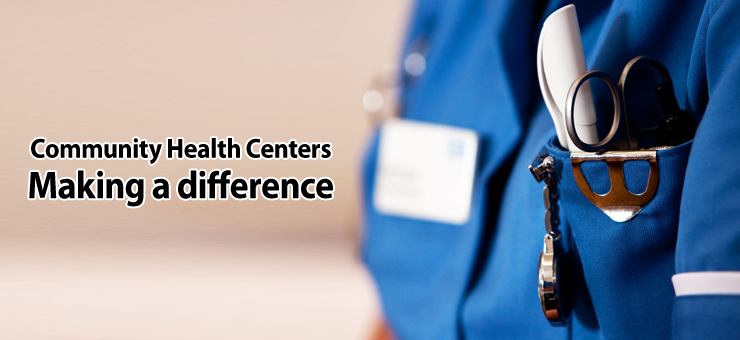Community Health Center (CHC) model is one of the premier beneficiaries of federal grants for primary care in the United States.
Uninsured patients are a major part of the overall population. In 2013, United States Department of Health and Human Services allocated $150 million in financial support to CHCs for providing enrollment assistance to uninsured patients. So, have the CHCs used the provided financial assistance to make a difference?
Let’s look at some key facts:
Basic assistance
CHCs are hiring and training staff to help patients successfully acquire health insurance. They provide in-person assistance, and help navigate coverage options to determine eligibility, and then enroll the patient in a benefit plan.
Cost effective
CHCs reduce cost, and provide efficient care to the patient. They eliminate the need for costly ER visits. They share information with other CHCs to make the services even more cost-effective. More than 23 million patients in around 9,000 localities nationally, have been provided primary care. The target for 2013 is 25 million patients, according to a report by National Association of Community Health Centers. CHCs charge patients a fee according to a patient’s capacity. If patients are not able to pay, they are provided free care with the same high quality of service.
Serving masses
CHCs serve 1 in 7 uninsured individuals nationally. They focus on preventive care and chronic disease management, including diabetes, asthma, cancer and HIV/AIDS. CHCs provide services to uninsured and low income individuals who do not have health care plans or any kind of health care. They compile and analyze healthcare data on communities to evaluate the treatment for chronic diseases, including high blood pressure, heart disease and asthma.
Quality instead of Quantity
A CHC is a non-profit entity. So, the effort put by the group of providers associated with a CHC is focused on providing quality care to the patient. The focus is not on the quantity of patients, instead, a CHC provider will make sure, that the patient under treatment is provided the necessary high quality care. One example is a report by National Association of Community Health Centers (NACHC), which revealed that the communities that are served by CHCs experience 40% reduced infant mortality rate.
As good as private practices:
CHCs compare favorably with private practices. According to a study published in American Journal of Preventive Medicine by Randall Stafford, MD, PhD, professor of medicine at the Stanford Prevention Research Center, CHCs are as good as private practices. How so? Because CHCs are not profit driven and have high quality technology equipment (software and hardware)as the government seems committed to making healthcare facilities hi-tech. CHCs’ physicians performed better than private practices on three measures: aspirin for congestive heart failure, statins for congestive heart failure, and avoidance of benzodiazepine. So, in terms of these measures, patients should prefer CHCs.
Support services
CHCs are focused on overcoming any hurdles that a wide demographic of patients may face. Areas such as, education, translation and transportation are three major concerns for patients. CHCs are geared towards providing these services.
With government funding of $11 billion provided by the Affordable Care Act, and $2 billion provided by the American Recovery and Reinvestment Act, for CHCs the new targets are set—CHCs aim to serve 30 million patients by 2015. This model of care delivery is geared to slowly but surely reform American healthcare system for the future.

Join the Discussion!